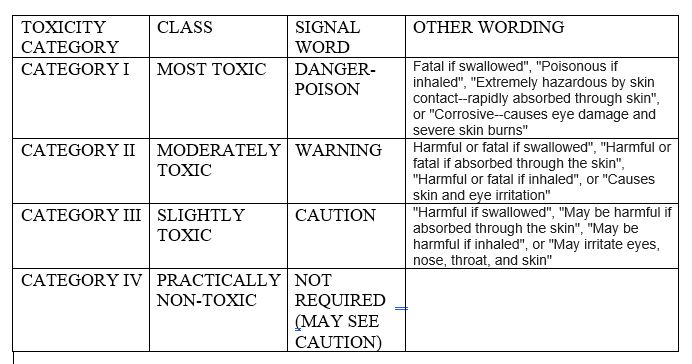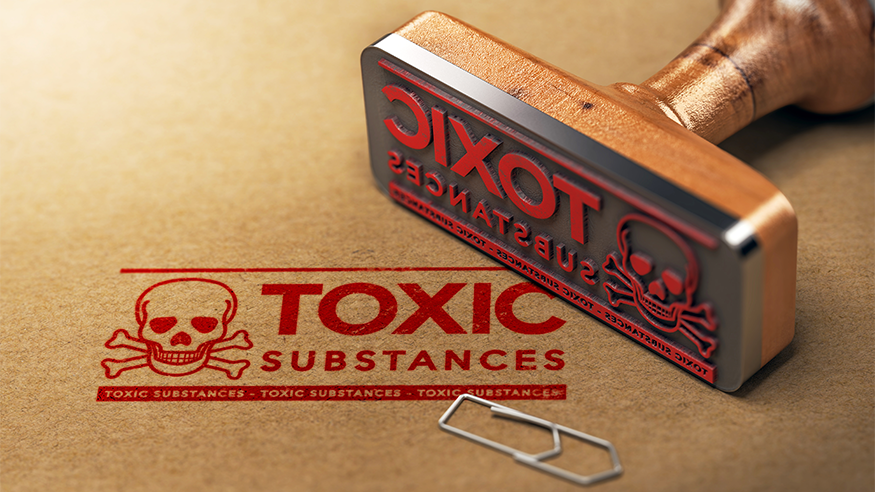Covid has caused us all to turn to new cleaning chemicals to help kill Covid-19. Did you know that many of these cleaning chemicals have highly toxic chemicals that could be a major health hazard in your facility? Make sure that the chemicals you use to kill the virus aren’t killing you as well.
In This Article
which cleaning chemicals will kill COVID yet be less toxic?
First, you need to know that cleaning chemicals are categorized as pesticide products by the EPA. (1) Interactions with these cleaning chemicals can lead to serious health hazards. The EPA List N indicates the approved cleaning chemicals to kill the SARS-CoV-2 (COVID-19)
However, some of these chemicals are more toxic than others. Whenever possible, you want to choose a product that is the least toxic to the people in your facility, yet still effective against the virus. Covid-19 can be killed with relatively mild chemicals (toxicity category 4) if they are used correctly! Important considerations include dwell time (time chemical sits wet on a surface) and frequency of touchpoint cleaning. This process will disinfect most surfaces.
What kind of health hazards can these cleaning chemicals cause, and how does the EPA categorize these health hazards?
According to the NHS, here are a list of potential health hazards from prolonged exposure cleaning chemicals. The specific symptoms may vary depending on the toxicity category of the chemical:
- feeling and being sick
- diarrhea
- stomach pain
- drowsiness, dizziness or weakness
- high temperature of 38C (100.4F) or above
- chills (shivering)
- loss of appetite
- headache
- irritability
- difficulty swallowing (dysphagia)
- breathing difficulties
- producing more saliva than normal
- skin rash
- blue lips and skin (cyanosis)
- burns around the nose or mouth
- double vision or blurred vision
- mental confusion
- seizures (fits)
- loss of consciousness
- coma, in severe cases
What is toxicity and what are toxicity categories?
Toxicity is the term used to characterize the adverse effects these poisons produce. These health hazards can range from slight symptoms like headaches or nausea, to severe symptoms like coma and convulsions and death. (see previous list)
The EPA established four Toxicity Categories for acute hazards of pesticide products, with “Category I” being the highest toxicity category (toxicity class). Most human hazard, precautionary statements, and human personal protective equipment (PPE) statements are based upon the toxicity category of that pesticide product (cleaning chemical).
These four toxicity categories are divided based on the number of poisons present in the chemical and the time it takes for toxic symptoms to develop. Acute and chronic are the two types most often referred to. Acute toxicity is due to short-term exposure and happens within a relatively short period of time, while chronic toxicity is due to long-term exposure and happens over a longer period. Most toxic effects are reversible and do not cause permanent damage, but complete recovery could take a long time.
The four levels of toxicity from most to least toxic are:
- Toxicity category I is highly toxic and severely irritating,
- Toxicity category II is moderately toxic and moderately irritating,
- Toxicity category III is slightly toxic and slightly irritating,
- Toxicity category IV is practically non-toxic and not an irritant.
How do you determine which toxicity category the cleaning product being used in your facility falls into?
Unfortunately, many cleaning chemicals do not clearly indicate the toxicity level. However, for Categories I through III the EPA requires all products to carry a SIGNAL WORD on the FRONT label.


